As Wilmington celebrates Fourth of July, here are 11 patriotic things about the area
Most of us would say that we love our country, but the reasons why would likely vary from person to person. Suffice to say patriotism comes in many forms.
In the Wilmington area alone there are numerous monuments, memorials and sites honoring different eras of United States history, and the people who lived it, from the pre-Revolutionary War years to the present day.
In an ever-divisive political climate, celebrating the anniversary of our nation's birth is one of the few things left that unites us.
And so, with a long holiday weekend for the Fourth of July coming up, it's a good time to recognize some of the most patriotic things that the Wilmington area has to offer.
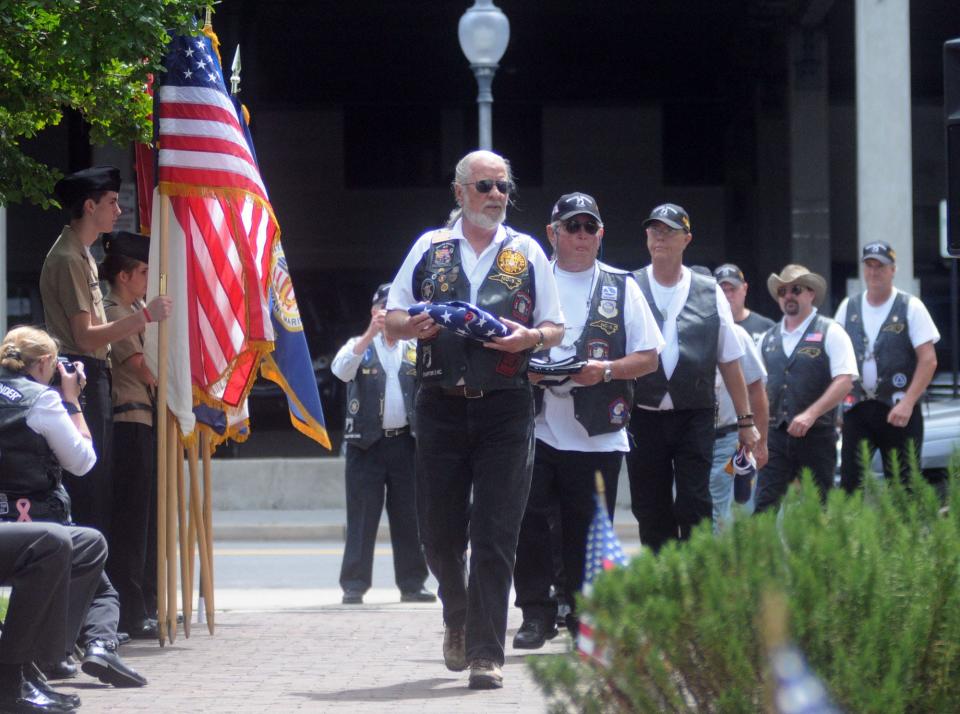
Battleship North Carolina
By far the area's most prominent display of patriotism, the Battleship, which saw action in the Pacific during World War II, has stood (non-lethal) guard over downtown Wilmington since 1961.
Related: Battleship N.C. celebrates 60th anniversary in Wilmington
Since it first arrived on Oct. 2, 1961, the 728-foot, decommissioned Navy vessel has been not only a vital part of the downtown Wilmington skyline but also its economy, attracting tens of thousands of visitors each year. In 2021, the Battleship celebrated 60 years in its current location and is open daily for tours.
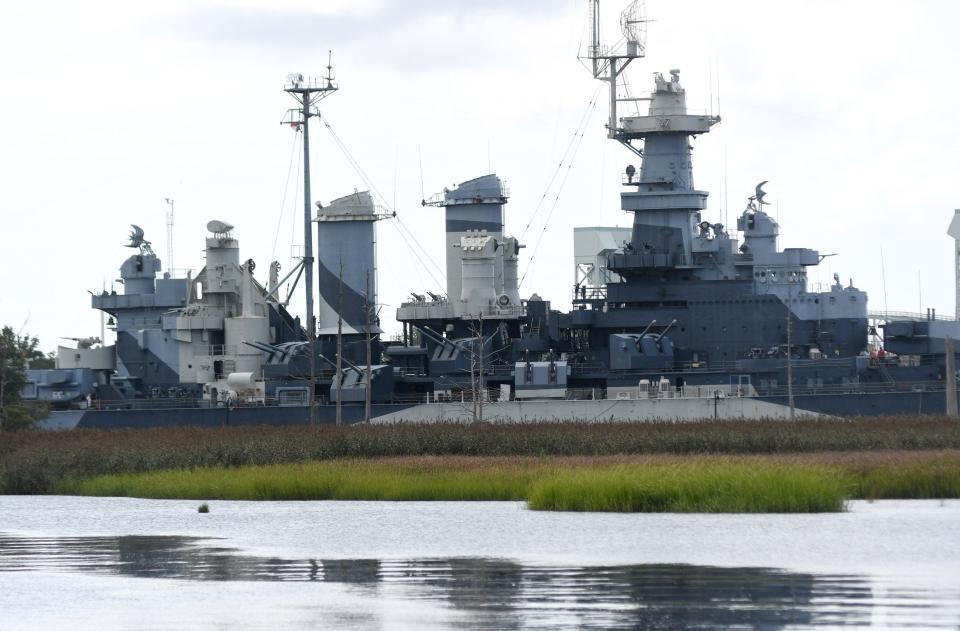
World War II City status
On Sept. 2, 2020, Wilmington was named the first World War II Heritage City in the United States during a campaign stop by former President Donald J. Trump. It marked the end of a 14-year campaign by Wilmington resident Wilbur D. Jones Jr., who worked with a bipartisan series of Congressmen to create the program, which is now available to all American cities that apply.
Read this: During World War II, here's how Wilmington leaned on the StarNews
Being a World War II Heritage City includes the documentation of a city's war efforts and highlights what has been done to preserve a city's WWII history. In 2021, the N.C. Dept. of Transportation erected signs noting Wilmington's status as a WWII Heritage City.
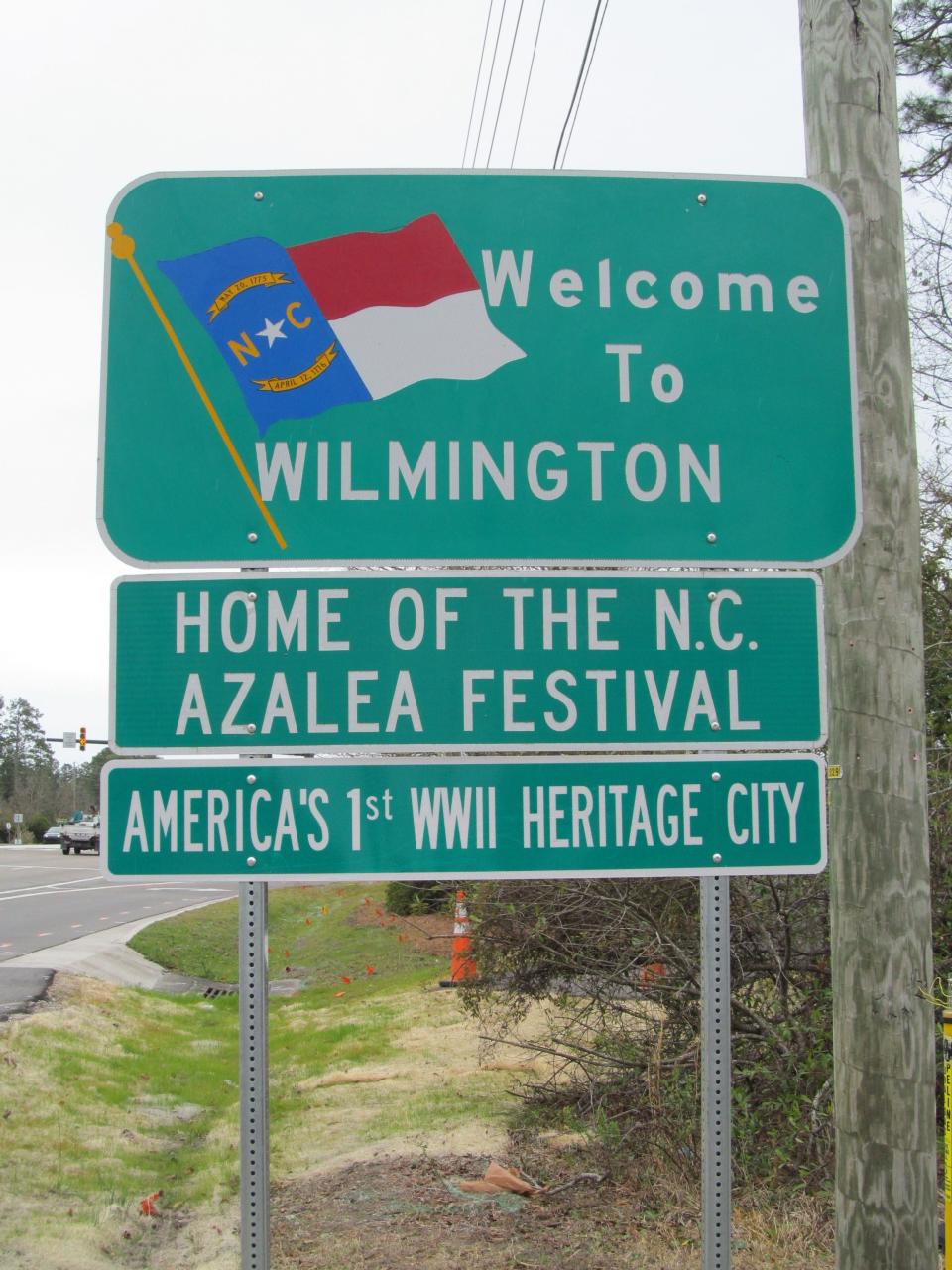
Wilmington National Cemetery
This year marks the 155th anniversary of this cemetery on Market Street, which includes the remains of many former Union soldiers who died during the Civil War. Among the approximately 6,000 people interred there are 557 U.S. Colored Troops (more than 500 of their identities are unknown), whose grave markers have the inscriptions “U.S.C.T.” or “U.S. Col. Inf.”
Also buried at Wilmington National are 28 Puerto Ricans who died during the influenza pandemic of 1918. Bound to help with construction of the Fort Bragg Army base near Fayetteville, they were among 300 Puerto Ricans who fell ill on the journey to North Carolina aboard the ship City of Savannah, which landed at the port of Wilmington. The headstones of those who died from flu read “Employee USA.”
Moores Creek National Battlefield
Located near an unincorporated area called Currie in Pender County, Moores Creek is the only site managed by the National Park Service in Southeastern North Carolina. Here, on Feb. 27, 1776, over one thousand Patriot fighters from North Carolina defeated around 850 immigrant Scottish Highlander Loyalists fighting for the British crown. The Scots, who were armed with broadswords, brought the proverbial knife to a gunfight, unexpectedly running into an entrenched group of Patriots armed with muskets and cannons.
Previously: Moores Creek National Battlefield pays enduring, peaceful tribute to a more violent day
The battle is significant because it marks the first decisive Patriot victory in the Revolutionary War, paving the way for North Carolina's motto, "First in Freedom," as the first state to declare independence from Great Britain.
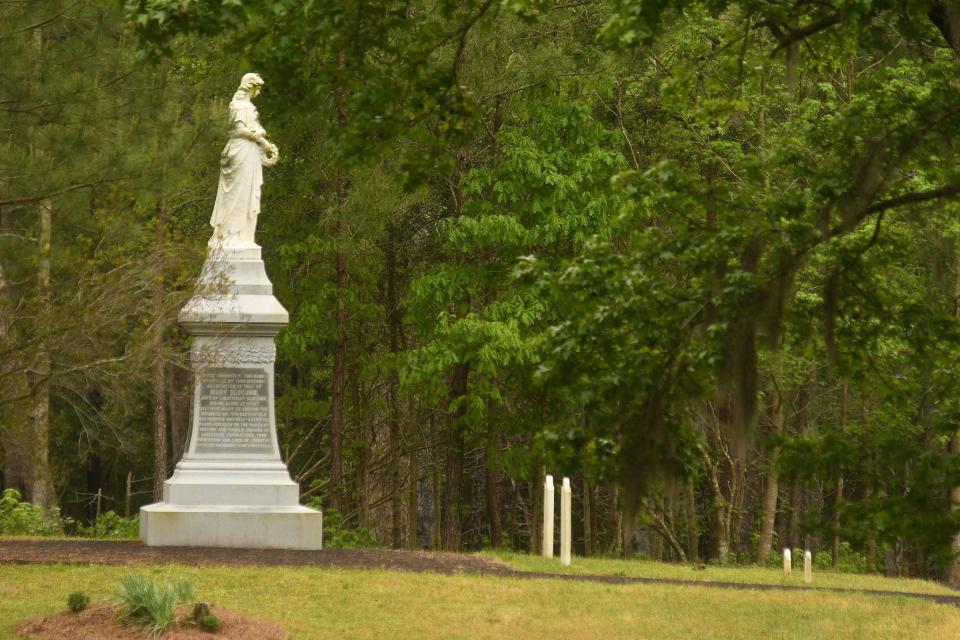
'Boundless'
This sculpture by Durham artist Stephen Hayes was unveiled last year at on the grounds of Wilmington's Cameron Art Museum.
Stephen Hayes: With 'Boundless,' artist Stephen Hayes connects Black history to Wilmington's future
It is a tribute to the 1,600 Black Civil War soldiers, some formerly enslaved, known as U.S. Colored Troops, who fought on the site where the museum is located and helped liberate Wilmington from the Confederacy and end the war.
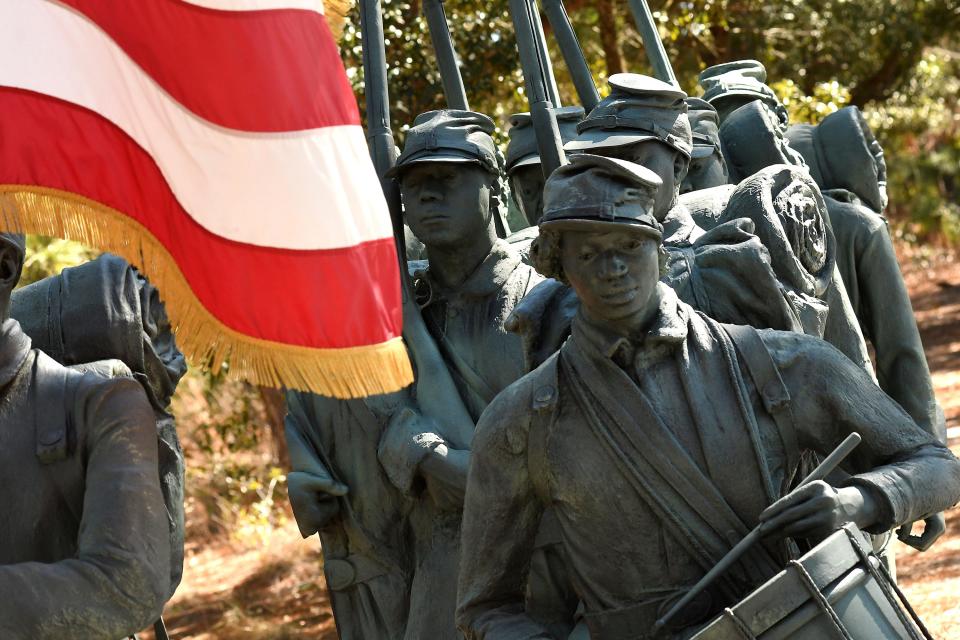
William Hooper sign
In case you didn't know or maybe forgot, one of the signers of the Declaration of Independence was from right here in Wilmington. William Hooper was one of three North Carolina signers of the Declaration, and his former home was located on North Third Street near Princess Street.
Today, a historical marker stands at the spot. A native of Massachusetts, Hooper moved to Wilmington to practice law and later represented North Carolina in the Continental Congress from 1773 to 1776.
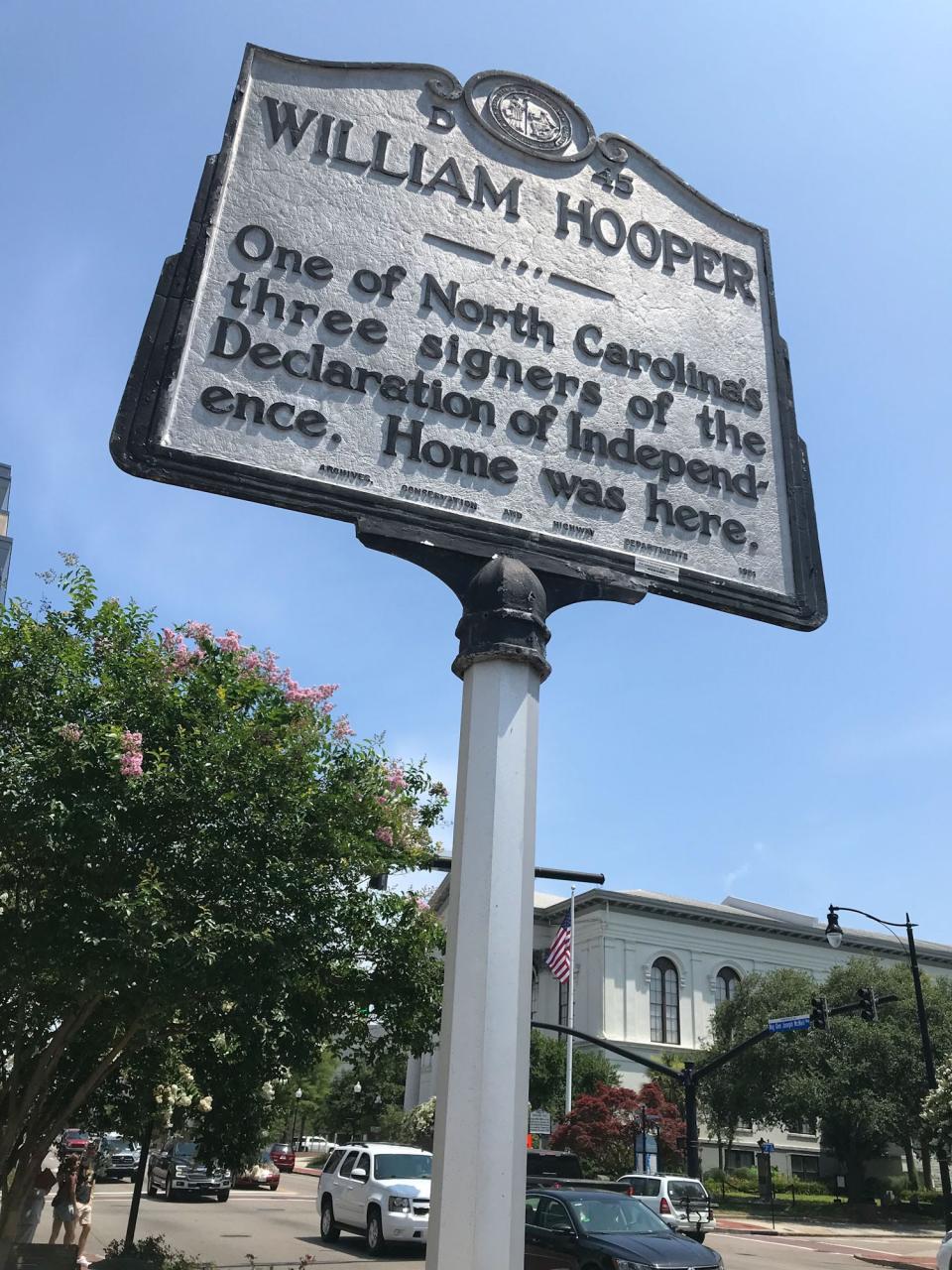
New Hanover County World War I Memorial
Originally erected in the median on Market Street by New Hanover High School in 1922, this memorial honors the New Hanover County men who gave their lives in World War I. In the '70s, when a pedestrian overpass was built so that students could safely cross between parts of campus on either side of Market Street, the memorial was moved in front of the school.
In 2014, it was restored and moved to the Wilmington Riverwalk next to the Rolling Thunder NC-3 Veterans Memorial.
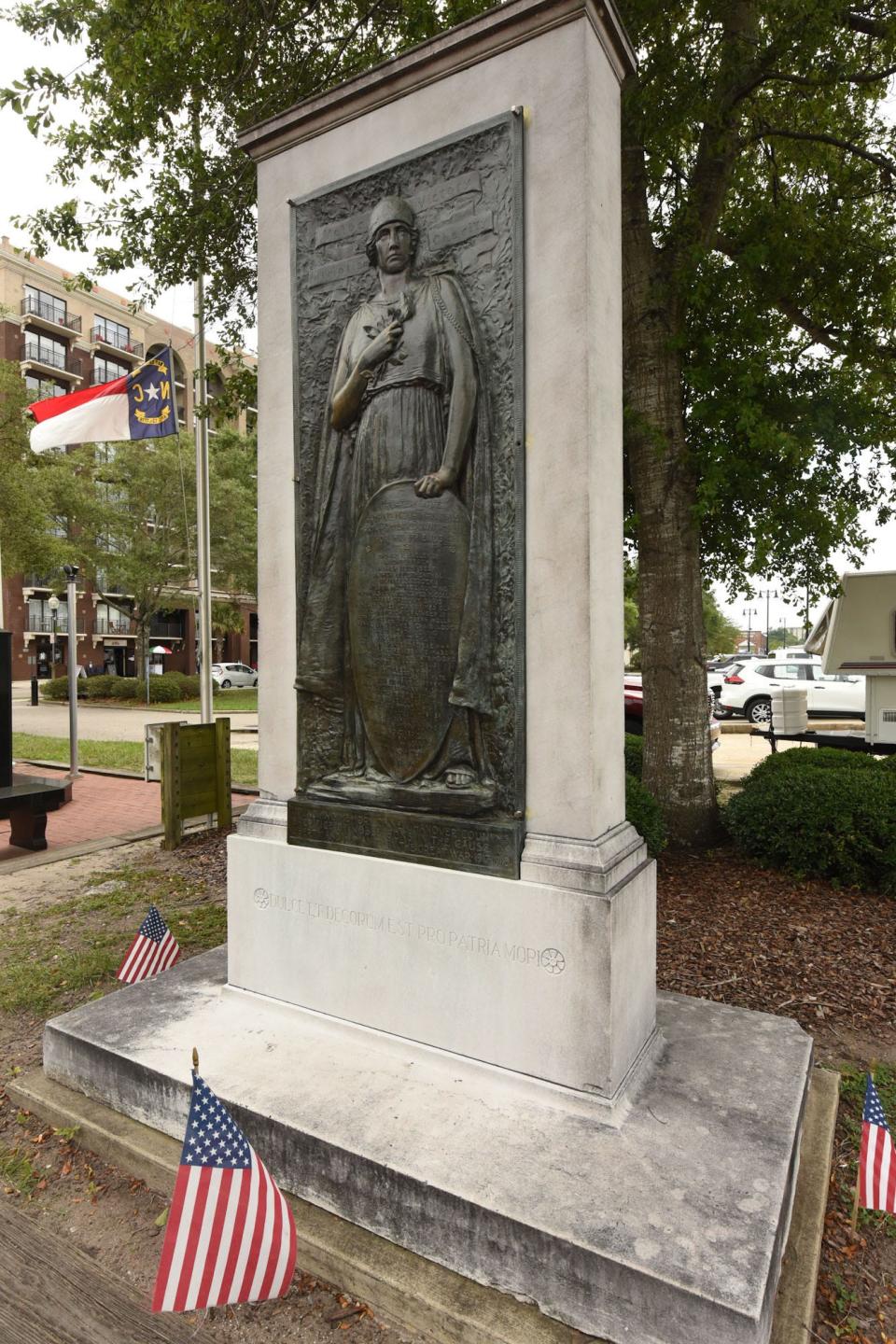
Rolling Thunder NC-3 Veterans Memorial
Formally dedicated in 2009, the Rolling Thunder NC-3 Veterans Memorial on the Wilmington Riverwalk stands "in honor of all men and women who served in the armed forces of the United States during war and peace to preserve freedom and liberty for all."
So reads an inscription on the large memorial, whose main function is to serve as a reminder of "the POW-MIA issue," according to an informational placard, and to educated the public on the prisoners of war left behind while fighting for the United States.
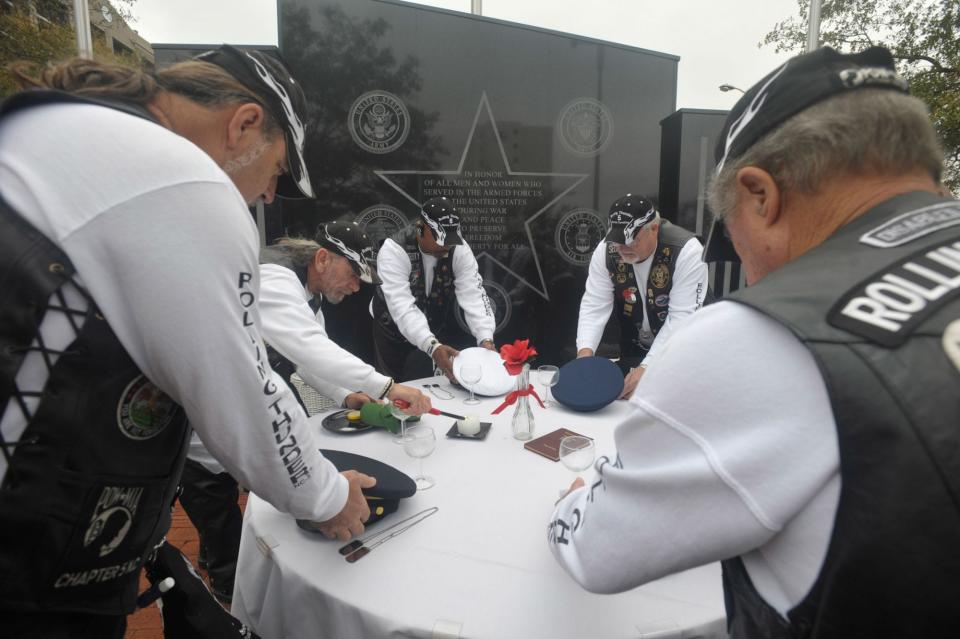
Belville Riverwalk Veterans’ Memorial
Opened to the public in 2019, this section of the Belville Riverwalk features a large boulder along with dozens of bricks inscribed with the names of service members. The memorial has become a gathering place during ceremonies on Veterans Day, Memorial Day and Independence Day.
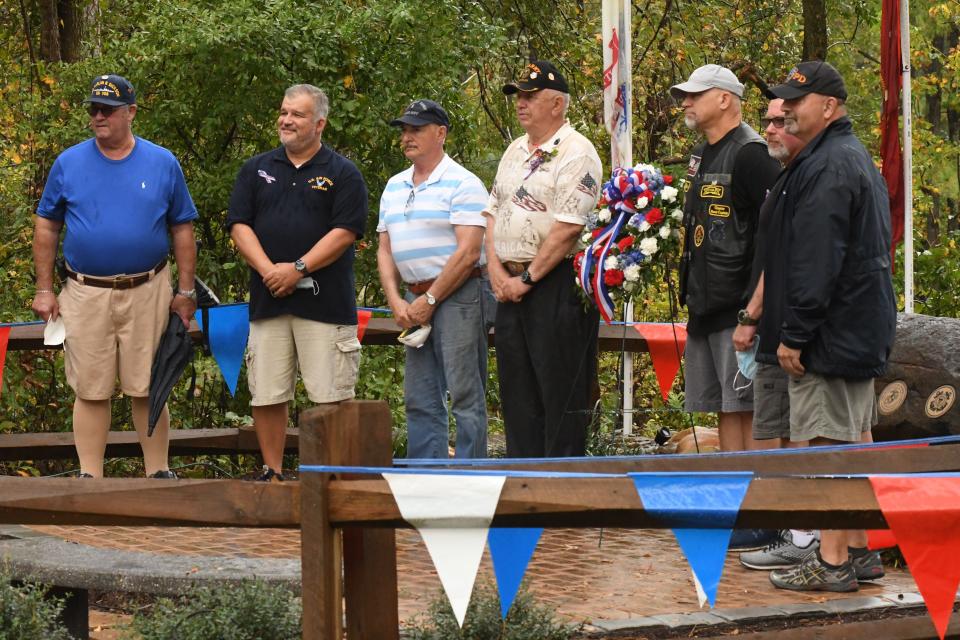
Hannah Block Historic USO
Functioning for decades as Wilmington's Community Arts Center, which it remains to this day, this building at Second and Orange streets downtown was originally a USO built in 1943 to serve active-duty military. Renovations in 2008 restored the Hannah Block USO to its World War II-era appearance, and added informational displays about its history.
In addition to an annual celebration marking July 4, patriotic plays and musicals are often held on the building's stage, including this year "Dogfight: The Musical," which runs July 8-17.
Topsail Beach Veterans Memorial
The newest memorial on this list was installed just this year at Topsail Beach Town Center.
The brainchild of Abbey Holloman, a Topsail High School student, the Topsail Beach Veterans Memorial consists of two platforms where wreaths can be placed during ceremonies, and on its walls hang the seals of all military branches.
More: Proving a trailblazer, Hampstead girl aims for Eagle Scout by building veterans memorial
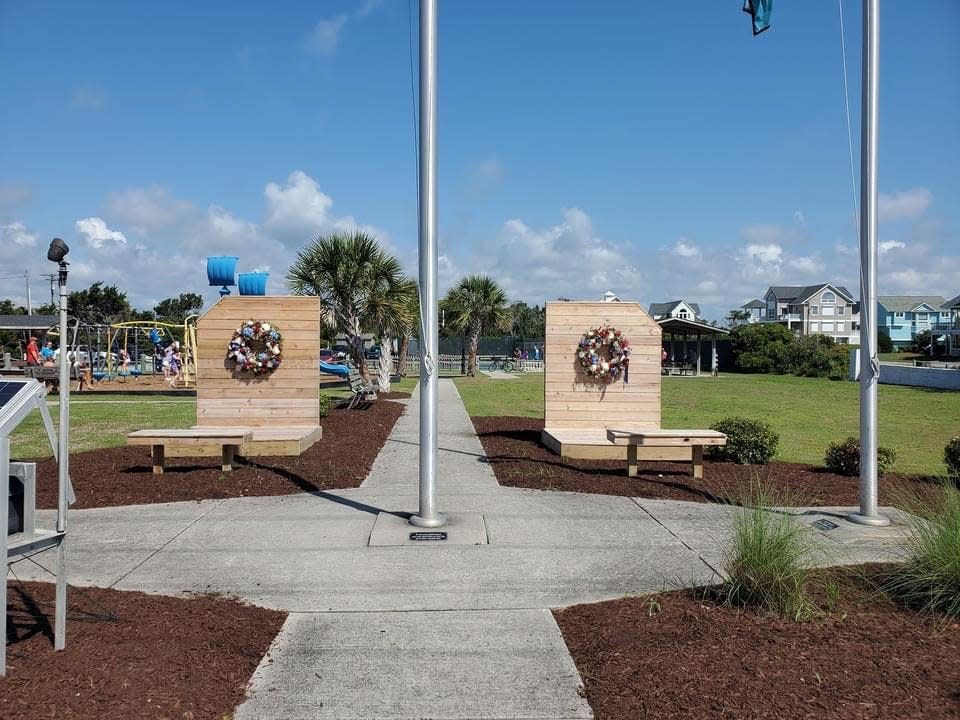
It was built as Holloman's Eagle Scout project for the Boy Scouts of America.
Contact John Staton at 910-343-2343 or John.Staton@StarNewsOnline.com.
This article originally appeared on Wilmington StarNews: Fourth of July in Wilmington: List of patriotic things you need to see

